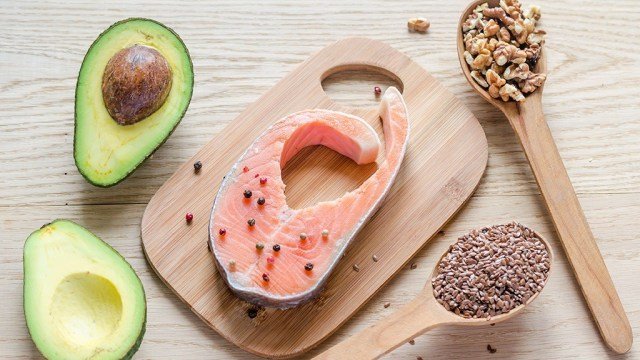In the United States, we’ve developed a snacking culture. About 90% of US adults eat snacks each day. However, some people with diabetes are told by their health care team to avoid eating between meals. This leaves us with a question: to snack or not to snack?
In the past, we had fewer types of diabetes medications and fewer options for insulin doses. Snacks were used to keep blood sugar stable throughout the day if there were long gaps between meals. In other cases, snacks were discouraged since they could require additional insulin injections to prevent high blood sugars.
Now that we have so many types of medications, ways to monitor blood sugar, and strategies for keeping blood sugars stable, the need for snacks will vary greatly from person to person. For some people, eating three balanced meals daily is enough to help them to feel satisfied – not too hungry and not too full – and keep their blood sugar stable. The plate method is a great tool for building balanced meals. For other people, especially if they have long stretches of 5 hours or more between meals, they may need a snack to help manage their hunger.
Carbohydrate Snacks
Any snacks with carbohydrates will have the greatest impact on blood sugars. A food with complex carbohydrates, like fiber, will affect blood sugars less than a simple or refined carbohydrate. For example, a fruit with the peel is more complex than fruit juice and a whole grain piece of bread is more complex than white bread. The more complex the carbohydrate, the longer it takes to be turned into sugar.
The next step is pairing the complex carbohydrate with a food that contains protein or fat. This will help to further reduce the carbohydrate’s effect on blood sugars. Examples of these pairings include a piece of fruit with a 1 ounce slice of cheese or a slice of whole grain bread with 1 tablespoon peanut butter. Even with these smart pairings, these snacks will still impact blood sugar because they contain carbohydrates. For a refresher on counting carbohydrates, visit https://www.ceceliahealth.com/blog/carbohydrate-counting-diabetes
No- and Low-Carbohydrate Snack
Foods that are protein- or fat-based that are low in carbohydrates will have very little effect on blood sugars. These can be helpful snack options if your health care team wants you to only have carbohydrate foods at your main meals.
Examples include:
- Nuts
- Eggs
- Chicken/Turkey
- Fish
- Cheese
- Avocados
- Olives
Although they are low in carbohydrates, these foods still contain calories so portion sizes matter. Snacks with 150 calories fit well into most meal plans, even if you are working towards weight loss.
In general, snacks should be considered a bridge between balanced meals and they should help support blood sugar goals. If you aren’t hungry between meals and not experiencing low blood sugars, snacks may not be necessary for you. Healthy meal plans can be developed with and without snacks, depending upon your needs, so talk with your health care team about the best strategy for you.
